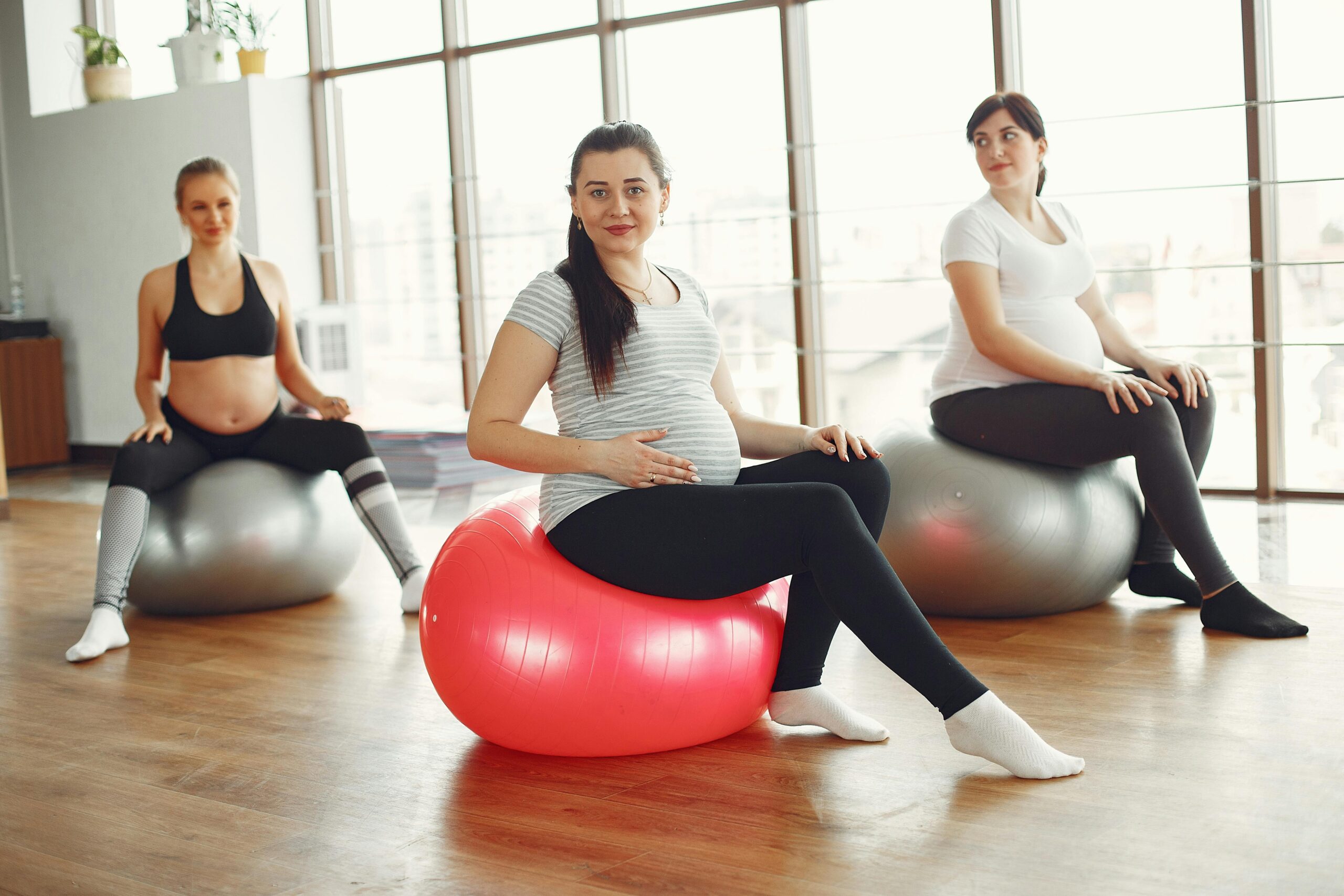Staying active when you’re expecting can be one of the best gifts you give yourself and your baby. The right pregnancy exercises can boost energy, ease common aches, and even prepare your body for labor. But with so much information out there, knowing what’s safe and beneficial can be confusing. Let’s break down everything you need to know about safe exercises during pregnancy—so you can move with confidence and joy.
Why Exercise Matters During Pregnancy
Regular physical activity during pregnancy offers real health benefits. Safe exercise helps strengthen your heart and lungs, improves mood, curbs fatigue, and supports healthy weight gain. Many women also find that exercise helps minimize back pain, swelling, and constipation. And when the big day arrives, women who’ve stayed active often experience shorter labor and quicker recovery.
Important Precautions Before You Start
Before beginning any exercise routine in pregnancy, check in with your healthcare provider. While most women can safely do moderate exercise, certain conditions—such as preeclampsia, severe anemia, or risk of preterm labor—may call for specific adjustments or rest.
Listen to your body. Pregnancy isn’t the time to push your limits or “train hard.” Hydrate well, wear comfortable clothes and supportive shoes, and always warm up before activity.
Best Safe Pregnancy Exercises
Below are proven, pregnancy-friendly exercises for most healthy moms-to-be. Each activity offers unique benefits and can be tailored for your comfort.
Walking
Perhaps the most accessible exercise, walking is gentle on your joints and easy to adapt for all fitness levels. A brisk daily stroll helps boost circulation, increases energy, and clears your mind. Try to walk on even surfaces and steer clear of slippery or rough terrain.
Swimming and Water Aerobics
Swimming is often called the perfect pregnancy workout. The water supports your growing belly, reduces swelling, and takes pressure off your back and joints. Water aerobics classes tailored for expecting moms add extra fun and are a great way to meet other pregnant women.
Prenatal Yoga
Prenatal yoga focuses on breathing, flexibility, and relaxation, which can be incredibly helpful as your body changes and prepares for labor. Yoga classes specifically designed for pregnancy modify poses to accommodate your bump and prevent strain. Always avoid deep backbends, twisting poses, and lying flat for extended periods.
Stationary Cycling
If running isn’t comfortable, try cycling on a stationary bike. It’s safe throughout pregnancy, as it provides a low-impact cardiovascular workout without the risk of falling.
Strength Training with Light Weights
Maintaining muscle tone can reduce backaches and support better posture. Use lighter weights than before pregnancy, focus on slow, controlled movements, and avoid exercises that require lying flat or holding your breath.
Pilates
Prenatal Pilates strengthens the core, pelvic floor, and back muscles—all crucial for pregnancy and delivery. Choose routines that have been modified for pregnancy. Many Pilates studios offer classes just for expecting mothers.
Exercises to Avoid While Pregnant
Some activities pose extra risks during pregnancy and should be avoided. Steer clear of:
- Contact sports (like soccer, basketball, or boxing)
- High-risk activities with a risk of falling (like skiing, horseback riding, or surfing)
- Scuba diving (due to pressure risks)
- Hot yoga or activities in extreme heat
- Exercises that involve lying flat on your back after the first trimester, as this can reduce blood flow
- Movements that could cause abdominal trauma or excessive jarring
Tips for Exercising in Each Trimester
First Trimester (Weeks 1–13)
You might feel more tired or nauseous than usual, but exercise can help ease morning sickness and boost energy. Focus on gentle activities and don’t push yourself. Create a habit of at least 20–30 minutes of moderate activity most days.
Second Trimester (Weeks 14–27)
Many women feel a burst of energy in the second trimester. Continue your routine, but be mindful of balance as your center of gravity shifts. Now is a good time for prenatal yoga, swimming, and walking. Avoid exercises that leave you breathless—if you can’t talk while moving, slow down.
Third Trimester (Weeks 28–Birth)
Your bump is growing and certain movements may feel awkward. Choose low-impact activities and prioritize comfort and safety. Walking, gentle swimming, and stretching can ease aches and help you feel better day to day. Pay attention to signs of overexertion, such as shortness of breath, dizziness, or contractions.
Red Flags: When to Stop Exercising and Call Your Doctor
It’s rare to injure yourself with gentle pregnancy exercise, but stay alert to your body’s signals. Stop exercising immediately and consult your healthcare provider if you experience:
- Vaginal bleeding
- Regular, painful contractions or cramping
- Shortness of breath before activity
- Dizziness or faintness
- Chest pain
- Headache that won’t go away
- Muscle weakness preventing normal movement
- Calf pain or swelling
- Fluid leaking from your vagina
Frequently Asked Questions
Can I Start Exercising If I Wasn’t Active Before Pregnancy?
Absolutely! It’s never too late to enjoy the health benefits of exercise. Start slowly, with short bursts of gentle movement—like a 10-minute walk or a beginner’s prenatal yoga session. Gradually increase the length and intensity as you feel comfortable.
How Often Should I Exercise?
Most experts recommend at least 150 minutes of moderate-intensity exercise each week, spread out over several days. This could be as simple as 30 minutes of walking, five times per week.
Should I Avoid Certain Exercises Completely?
Yes. Any activity with a risk of falling or abdominal impact should be paused until after delivery. As your pregnancy progresses, avoid exercises that have you lying flat on your back, deep twists, or holding your breath.
Nutrition and Hydration While Exercising Pregnant
Hydration is critical when pregnant, especially during workouts. Drink water before, during, and after exercise. Fuel your body with a well-balanced diet including lean protein, whole grains, fruits, vegetables, and healthy fats. Listen to your hunger cues and don’t skip meals around workouts.
Mental Health Benefits of Pregnancy Exercise
Physical activity doesn’t just benefit the body—it supports mental well-being too. Regular movement during pregnancy helps lower stress, ease anxiety, and promote more restful sleep. Group classes are a wonderful way to build community and connect with other expecting moms.
Creating Your Pregnancy Exercise Plan
Every pregnancy is unique, so your workout should fit your life, comfort, and schedule. Consider these tips:
- Set realistic, flexible goals.
- Mix up activities to keep things interesting.
- Find a workout buddy or join a prenatal class for support.
- Listen to your body and honor the need to rest.
Conclusion: Embrace Movement, Embrace a Healthy Pregnancy
Safe exercise during pregnancy is truly about listening to your body and honoring your own comfort level. With your doctor’s guidance and mindful movement, you can support a stronger, healthier pregnancy and a smoother recovery after birth.
Feel proud for prioritizing your well-being. Whether you’re an experienced athlete or just starting out, every bit of activity counts toward a happier, healthier journey for you and your baby.
Ready to feel your best throughout pregnancy? Start moving today—your body (and baby) will thank you!
References:
American College of Obstetricians and Gynecologists: Physical Activity and Exercise During Pregnancy and the Postpartum Period.
Mayo Clinic: Pregnancy and exercise: Baby, let’s move!






